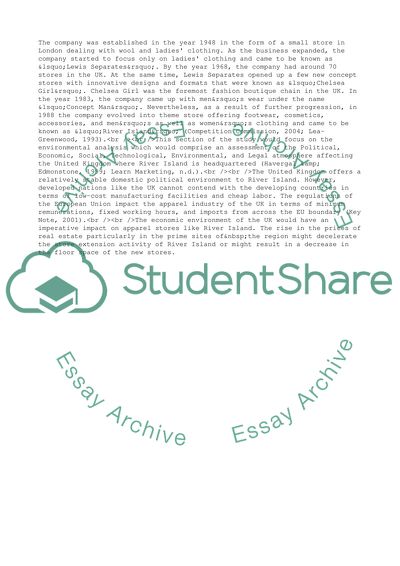Cite this document
(Strategy and the Management of Change Coursework, n.d.)
Strategy and the Management of Change Coursework. https://studentshare.org/management/1760781-strategy-and-the-management-of-change
Strategy and the Management of Change Coursework. https://studentshare.org/management/1760781-strategy-and-the-management-of-change
(Strategy and the Management of Change Coursework)
Strategy and the Management of Change Coursework. https://studentshare.org/management/1760781-strategy-and-the-management-of-change.
Strategy and the Management of Change Coursework. https://studentshare.org/management/1760781-strategy-and-the-management-of-change.
“Strategy and the Management of Change Coursework”. https://studentshare.org/management/1760781-strategy-and-the-management-of-change.


